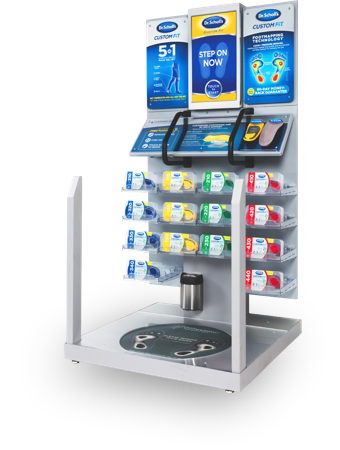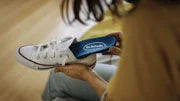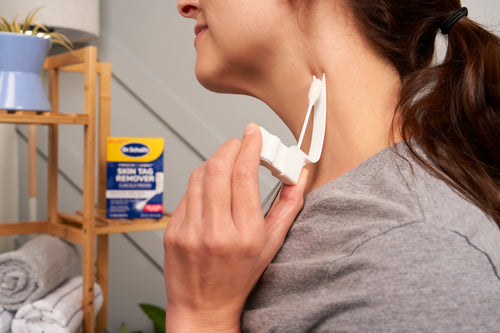Skin tags are skin growths that are non-cancerous and generally harmless. The medical term for skin growths is acrochordons but they are also sometimes referred to as fibroepithelial polyps and soft fibromas.
Skin tags are typically flesh-colored but they can also be brown or red. They normally appear as lumps of excess skin protruding out from the surface by a thin stalk of tissue. Skin tags often resemble small flesh-colored bumps in the in the early stages and some remain as small bumps. However, some skin tags continue to expand and develop into bigger, more prominent growths. Skin tags are usually quite small, under 5 millimeters. However, in rare cases, they can grow to up to a centimeter.
Skin tags are very common, affecting over 50% of the population at some point during a lifetime. The risk of a skin tag increases after the age of 40.
Skin tags typically form in areas where there are natural creases in the skin such as the underarm area, neck, groin region and in the area under the breasts.
Although they’re not usually painful, skin tags can cause discomfort if they rub against or catch on clothing or jewelry.













